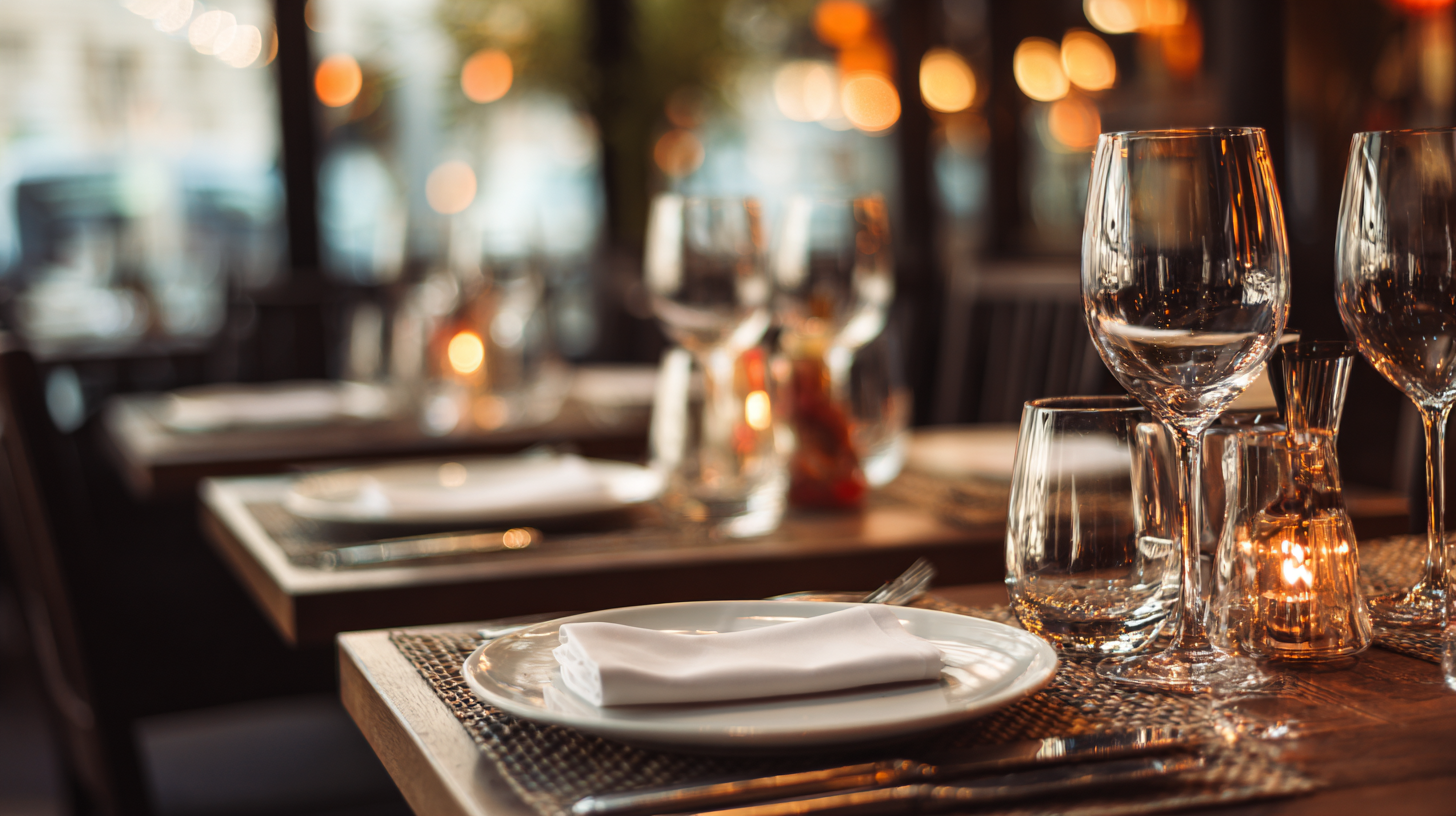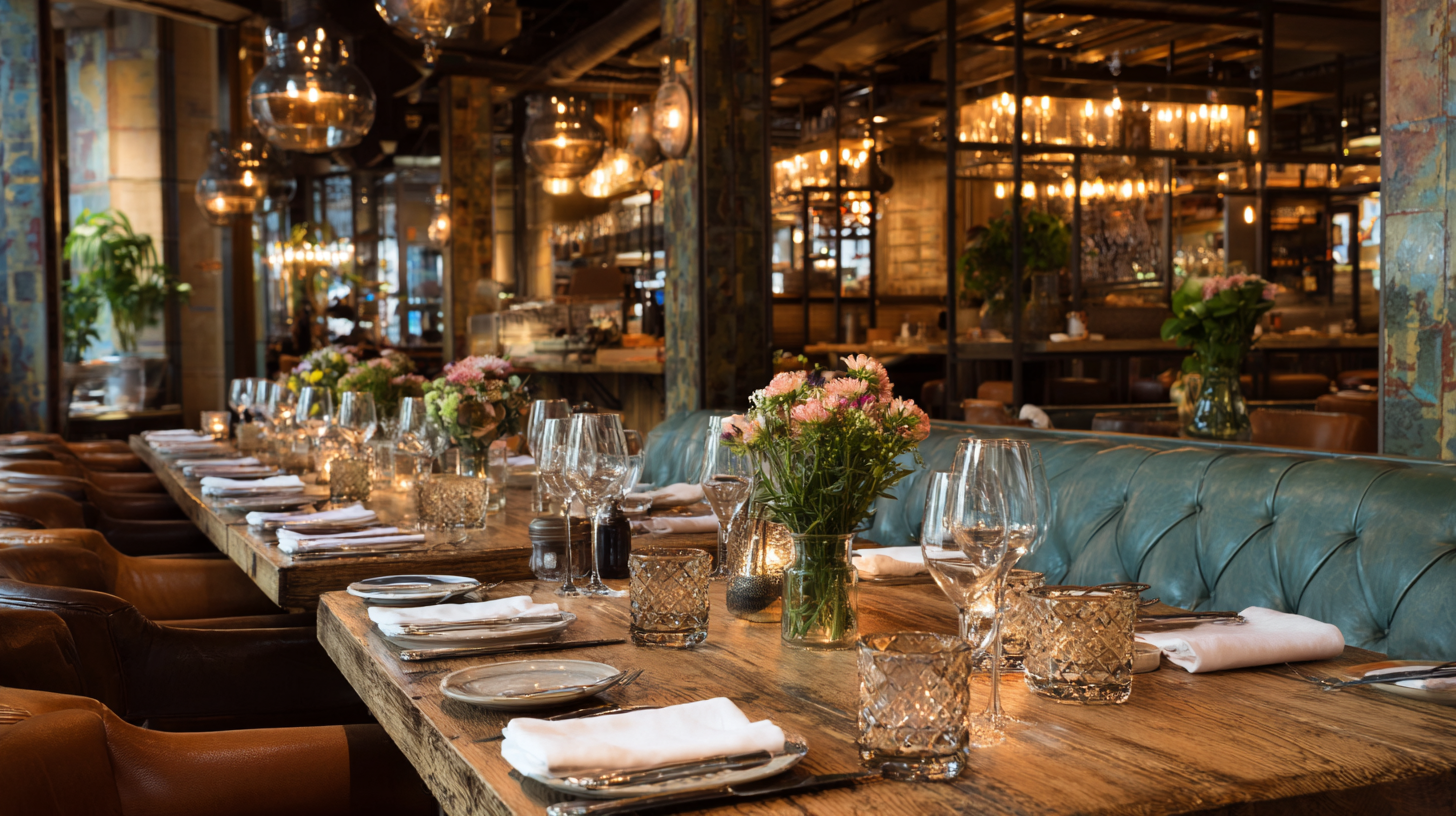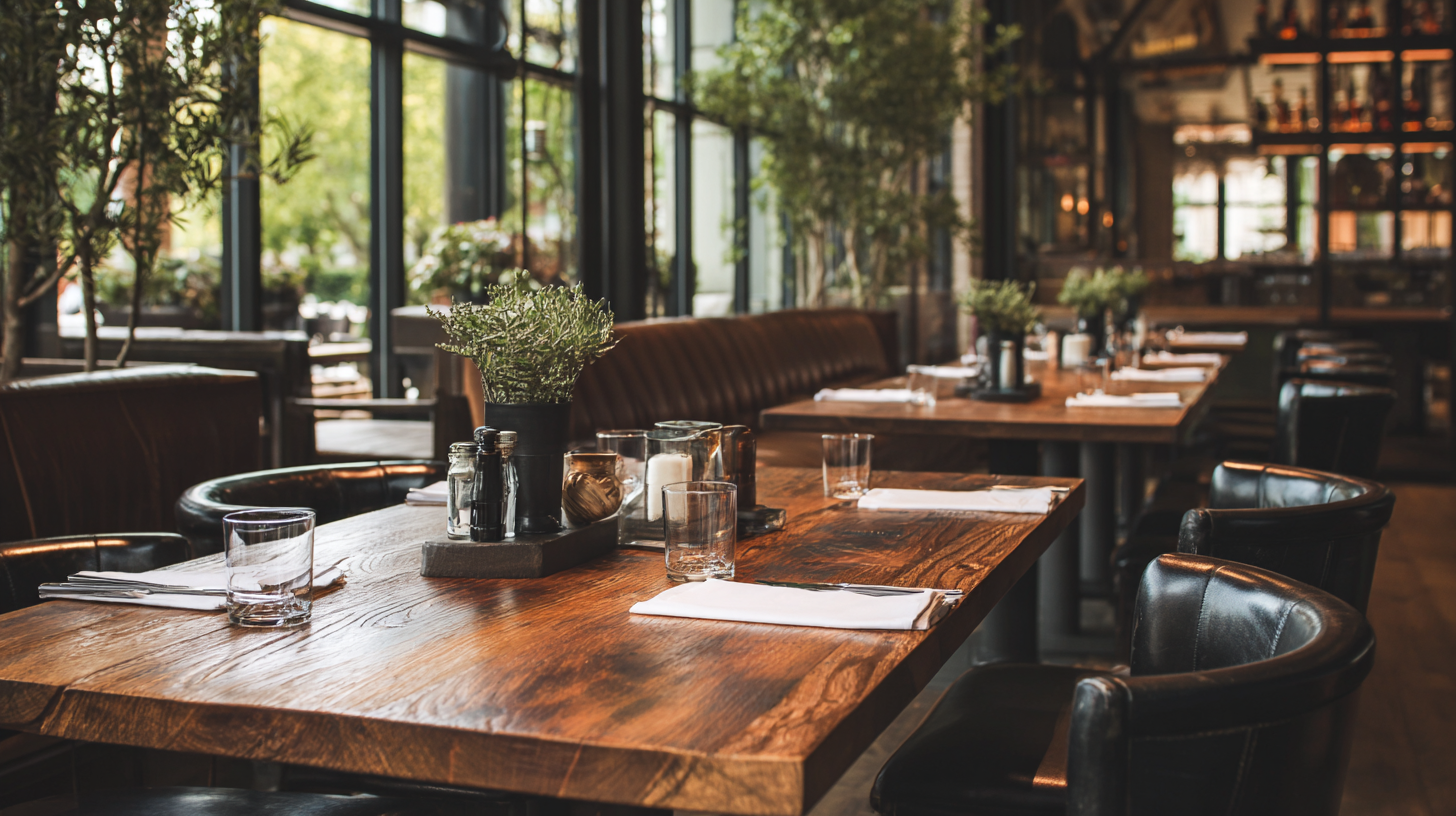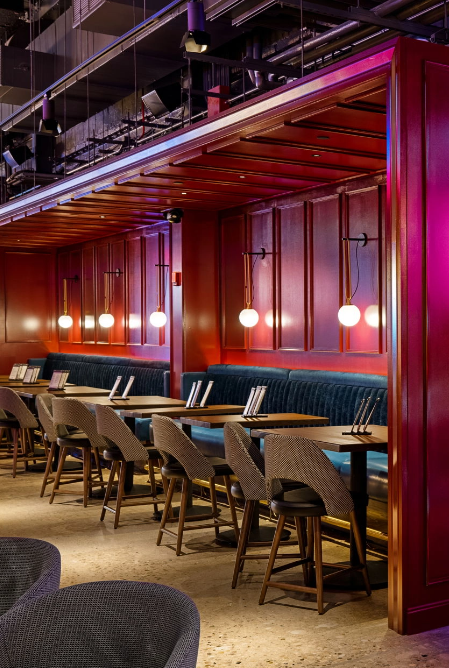In the world of dining, the significance of the right restaurant tables cannot be overstated. They serve not only as a place for guests to enjoy their meals but also play a crucial role in setting the atmosphere and enhancing the overall dining experience. Selecting the best restaurant tables involves careful consideration of essential technical specifications and the optimal setup to cater to various dining styles and preferences. This tutorial will delve into the key factors that contribute to an exceptional dining environment, exploring aspects such as table size, material, design, and arrangement. Whether you are looking to upgrade your establishment or simply seeking inspiration, understanding the intricacies of restaurant tables will empower you to create a memorable and inviting space for your patrons. Join us as we unlock the ultimate dining experience through informed choices and strategic planning!

When selecting the right restaurant tables, it's essential to consider key features and benefits that enhance the dining experience. For instance, tables with adjustable heights can accommodate diverse customer preferences, while materials like hardwood or metal ensure durability and ease of maintenance. According to industry research, restaurants that invest in quality furnishings see an increase in customer satisfaction, often reflected in higher repeat visit rates. Enhanced comfort and aesthetic appeal can lead to
positive reviews and recommendations.
Tips for Choosing Restaurant Tables:
1. Prioritize multifunctionality: Opt for tables that can be easily rearranged to suit different party sizes and types of service.
2. Focus on spatial efficiency: Analyze your dining space and select tables that optimize seating without crowding your customers.
3. Invest in high-quality finishes: Durable surfaces not only withstand the wear and tear of a busy environment but also contribute to the overall ambiance of your restaurant.
By paying attention to these specifications and carefully evaluating your options, you can create a dining area that not only attracts guests but also enhances their overall experience.

Creating an optimal dining setup hinges on understanding essential technical specifications for restaurant tables. Research indicates that the ideal table height ranges from 28 to 30 inches to accommodate most diners comfortably. Moreover, the standard width of tables should be between 30 to 36 inches, providing enough space for dining accessories without compromising the intimacy of the meal. According to the National Restaurant Association, efficiently designed tables can lead to a 20% increase in customer satisfaction and customer retention, underscoring the significance of thoughtful table specifications in the overall dining experience.
Moreover, the material of the table plays a crucial role in both aesthetics and maintenance. For instance, hardwood tables not only offer durability but also contribute to the warmth of the dining environment. A study by the Foodservice Technology Center revealed that high-quality surfaces are more resistant to stains and damage, directly influencing the longevity of furniture investments. Additionally, proper spacing between tables—ideally 24 to 30 inches—ensures guest comfort and service efficiency, allowing patrons to enjoy their dining experience without feeling cramped. Investing time in understanding these technical specifications can significantly elevate the overall atmosphere and functionality of any dining establishment.
When designing a restaurant, the importance of tables and seating cannot be overstated. The right furniture plays a crucial role in shaping the overall dining experience. Ergonomics and aesthetics are intertwined, influencing not just the visual appeal of the space, but also how customers interact with it. Well-designed tables can enhance comfort, allowing patrons to linger longer and enjoy their meals. Combining stylish design with functionality ensures that the dining environment is not only pleasing to the eye but also supportive of comfort.
Furthermore, selecting the appropriate chairs is vital for a successful setup. The balance of ergonomics and style can significantly impact customer satisfaction. Chairs that offer proper support and comfort invite guests to relax, making their dining experience more enjoyable. As such, it is essential for restaurant owners to prioritize ergonomic designs that cater to guests' needs while complementing the restaurant's aesthetic. These thoughtful choices will lead to a memorable dining experience that keeps patrons coming back for more.
When creating an inviting and durable dining environment, the material of restaurant tables is paramount. According to industry insights, tables made from hardwood like oak or walnut not only offer aesthetic appeal but also boast impressive durability, making them ideal for high-traffic settings. Studies show that solid wood furniture can last up to 30 years with proper maintenance, reflecting its resilience and ability to withstand daily wear and tear. Additionally, metal tables are increasingly popular due to their sleek designs and resistance to the elements, making them a favored choice for outdoor dining setups.
Moreover, the choice of table material impacts not just longevity but also customer experience. A report by the American Furniture Manufacturing Association indicates that tables with a polished, smooth finish create a welcoming atmosphere, enhancing the overall dining experience. In recent trends, composite materials are also gaining traction; they combine the durability of metal with the warmth of wood, allowing restaurants to create versatile dining spaces that cater to both casual and upscale occasions. Adopting the right materials is not just about practicality but is key to unlocking a memorable dining experience that keeps patrons returning for more.
 Achieving the perfect layout for your restaurant can significantly enhance the dining experience while optimizing space efficiency. One effective strategy is to assess the flow of traffic within your establishment. By keeping pathways clear and ensuring easy access to restrooms and exits, you can create a more inviting atmosphere for patrons. Consider using a combination of standard tables, booths, and communal seating to accommodate different group sizes and preferences. This flexibility not only maximizes seating capacity but also allows for a more dynamic environment.
Achieving the perfect layout for your restaurant can significantly enhance the dining experience while optimizing space efficiency. One effective strategy is to assess the flow of traffic within your establishment. By keeping pathways clear and ensuring easy access to restrooms and exits, you can create a more inviting atmosphere for patrons. Consider using a combination of standard tables, booths, and communal seating to accommodate different group sizes and preferences. This flexibility not only maximizes seating capacity but also allows for a more dynamic environment.
Incorporating strategic zoning in your layout can further enhance the dining experience. For example, separate areas for couples, families, and larger groups can make guests feel comfortable and catered to. Furthermore, utilizing multi-functional furniture—such as tables that can be easily rearranged for private events—can increase both functionality and versatility in your space. To ensure a smooth operation, keep your server stations accessible and strategically placed, allowing quick service without interrupting the dining experience. By prioritizing layout efficiency and thoughtful arrangement, restaurant owners can unlock the full potential of their dining areas.
©2024 Pine Vista LLC, DBA Design Manufacturing Group. All Rights Reserved.



©2024 Pine Vista LLC, DBA Design Manufacturing Group. All Rights Reserved.
